
Greetings,
We hope 2022 has started well for you. Our big news this month is that FLP and PLan: the Planning Action Network have just launched this art competition.
Lee Point Art Competition – What you like about Lee Point
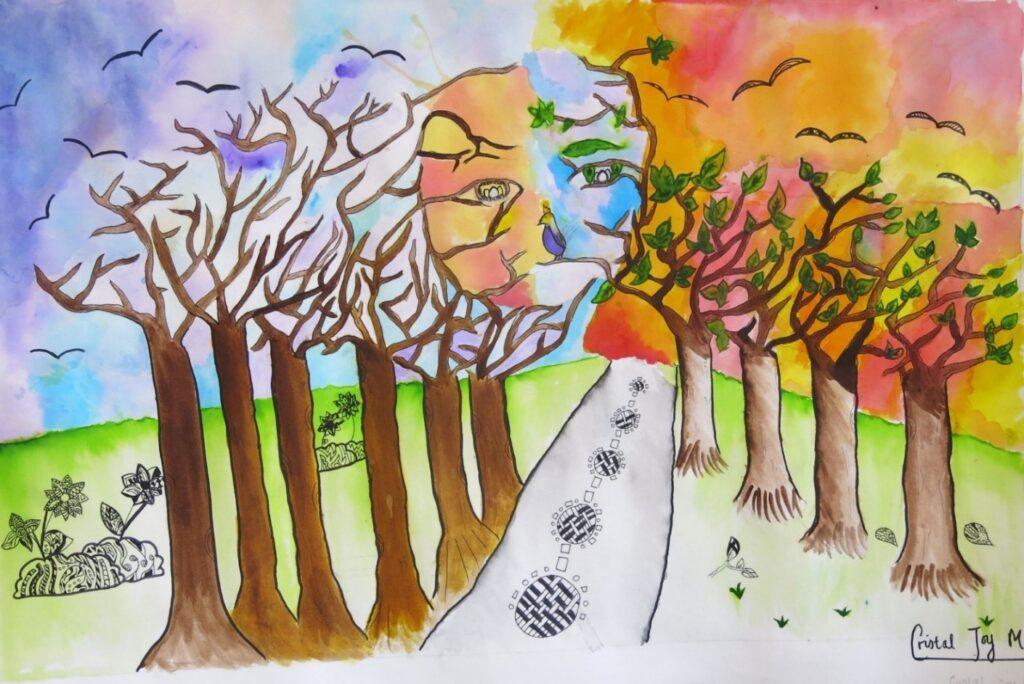
This art competition is free and open to anyone 18 years or younger living in the Territory. Total prizes worth over $2000. For details: https://saveleepoint.org.au/lee-point-art-competition/
Entries close 8 April 2022.
Birds and Lee Point
Nearly all of the bird species in the Darwin Region are found at Lee Point. Some of these birds do well in the urban environment, however the majority need older (more natural) habitats at least part of the time to nest in or for food.
Many birds use tree hollows. The red-tailed black cockatoo only breeds in tree hollows provided by mature trees (often more than 150 years old). It is a common dry season visitor to Darwin, breeding Apr – Sept (Ref: McCrie and Noske, Birds of the Darwin Region).
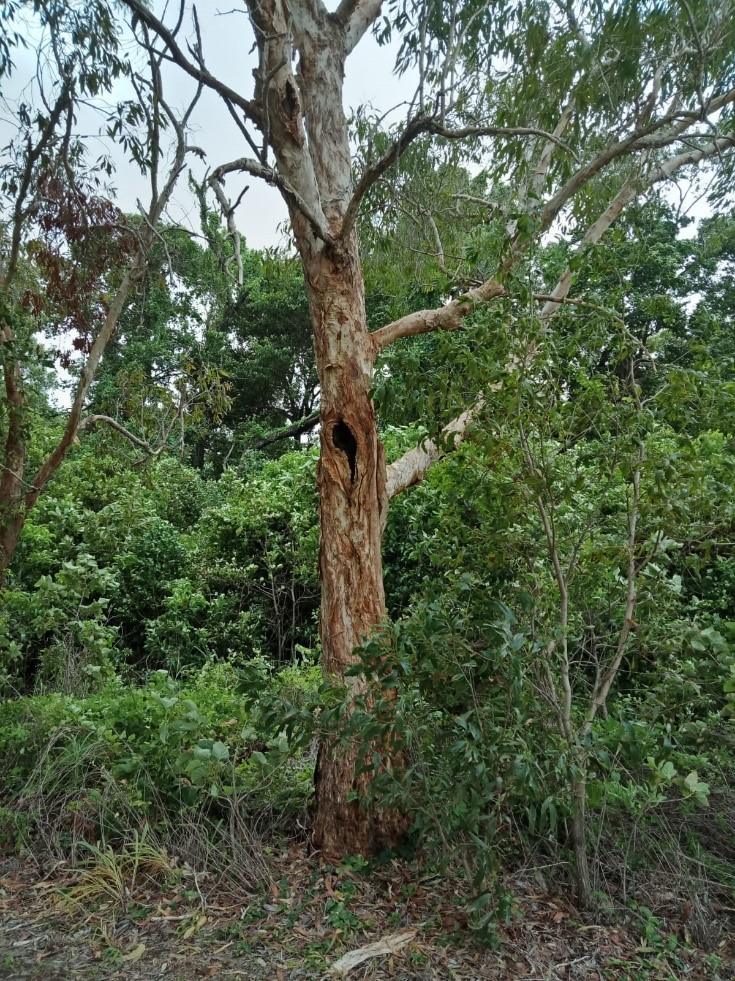
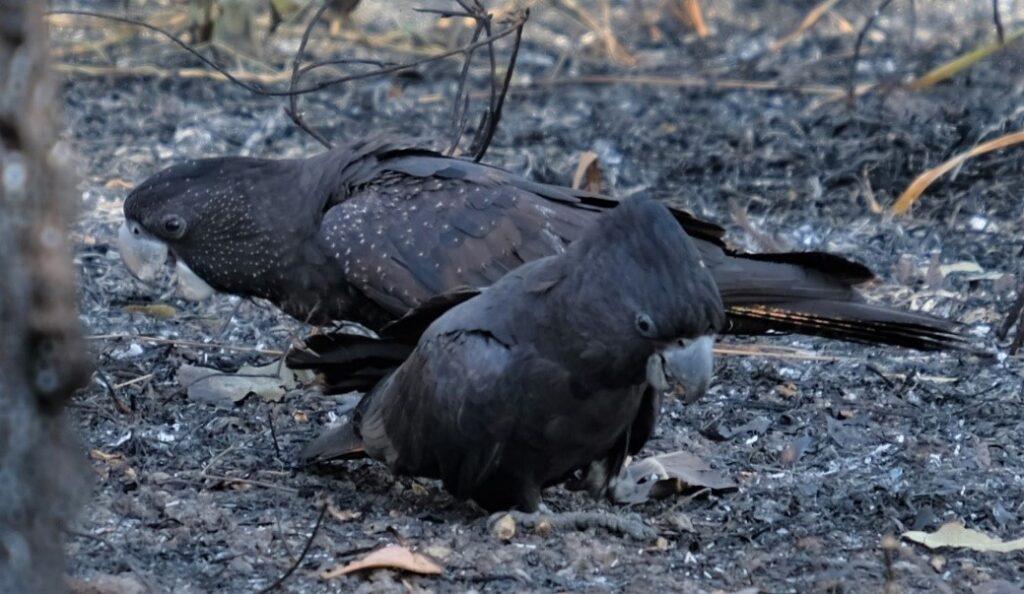
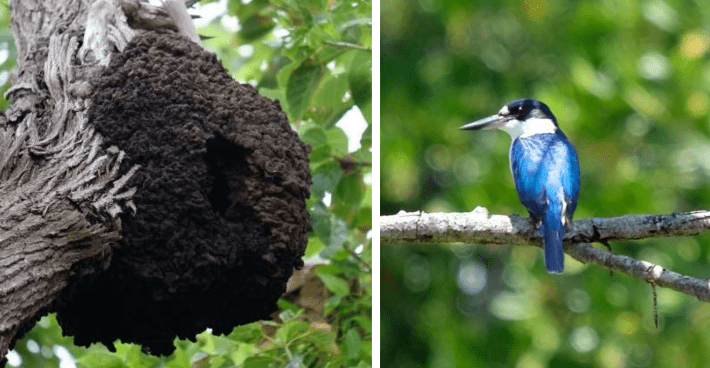
BirdLife Top End is concerned about the likely impact of the planned Lee Point development on birdlife, read letter: https://saveleepoint.org.au/birdlife-top-end-support-letter/
Images of 2021
To remember last year FLP has put together a series of images on places visited and things that happened in 2021, refer Images of 2021 : https://saveleepoint.org.au/images-of-2021/
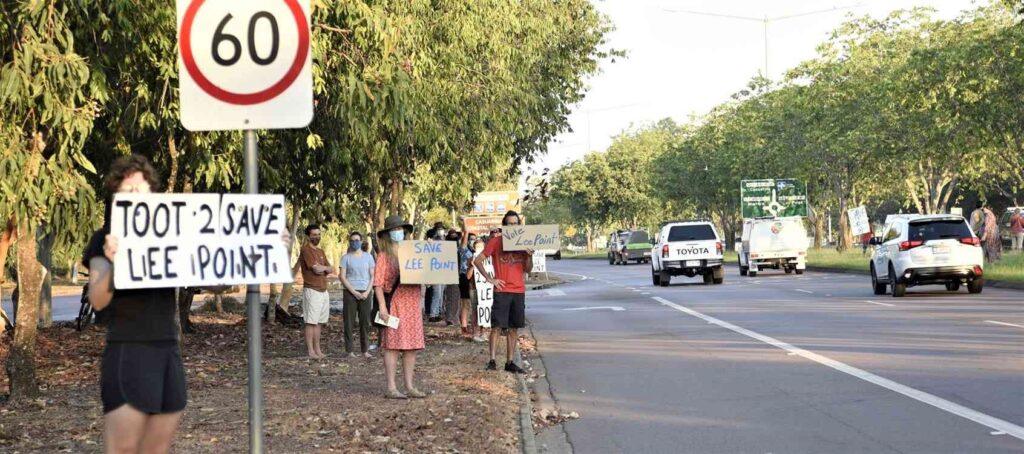
Lee Point development
The 2014 consultation for the Lee Point Area Plan was inadequate – no discussion paper was provided to the public, most people didn’t know about the proposed Plan and no report can be found on who supported the Plan and who didn’t. FLP believe that the planning process for the Lee Point Area Plan was undemocratic, lacked transparency and needs to be redone.
DHA is anticipating clearing Stage 2 in April 2022. Stage 2 contains attractive woodland and is part of a biodiversity corridor that is important to wildlife.
| NT Govt Approvals (as of 28 Jan 2022) | Stage 1 North of Muirhead (97 lots) | Stage 2 North of Lyons | Stage 3-5 North of Lyons | Stage 6-7 North of Muirhead | Stage 8 North of Lyons |
| Planning | Yes | Yes | Yes | Yes | Yes |
| Construction | Yes | No* | No | No | No |
*To date, DHA has not lodged an application with the NT Government for Stage 2 construction.
FLP understand that Tourism Top End (the peak association representing top end tourism operators) is seeking assurance from the NT Government that the development will not be expanded. City of Darwin want works halted at Lee Point until the NT Planning Commission has completed a comprehensive Area Plan for the whole of Lee Point.
Lee Point Trivia
Q1. All of these are found at Lee Point. Globally, which kills more people each year?
A. Crocodile B. Snake C. Mosquito D. Jellyfish
Wet season at Lee Point
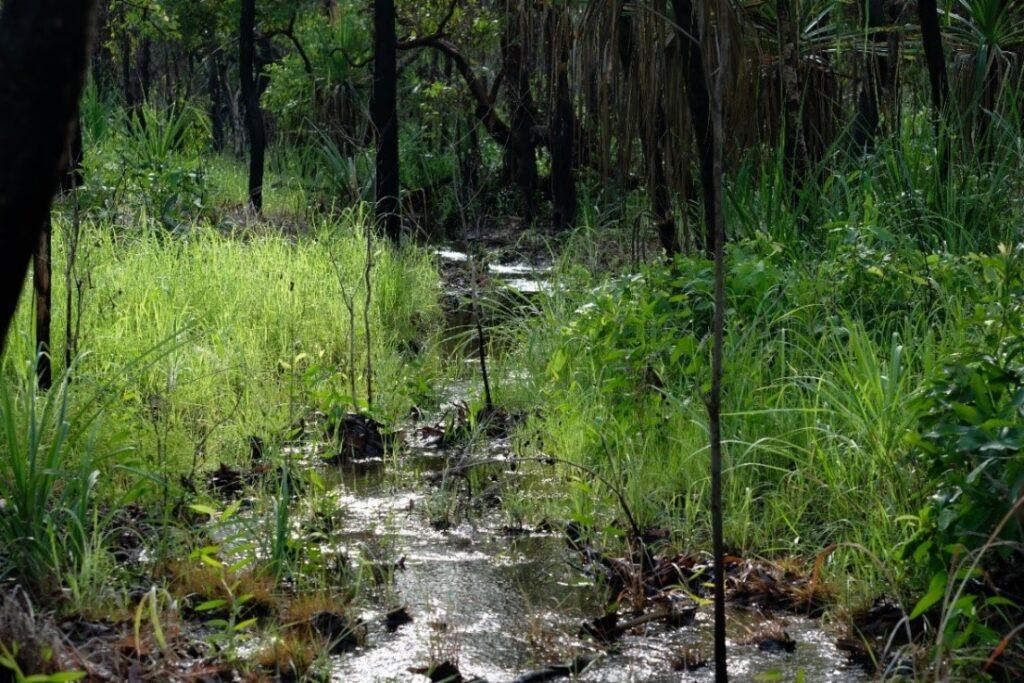
Many plants and fungi (not a plant) fruit this time of year to take advantage of the rain.
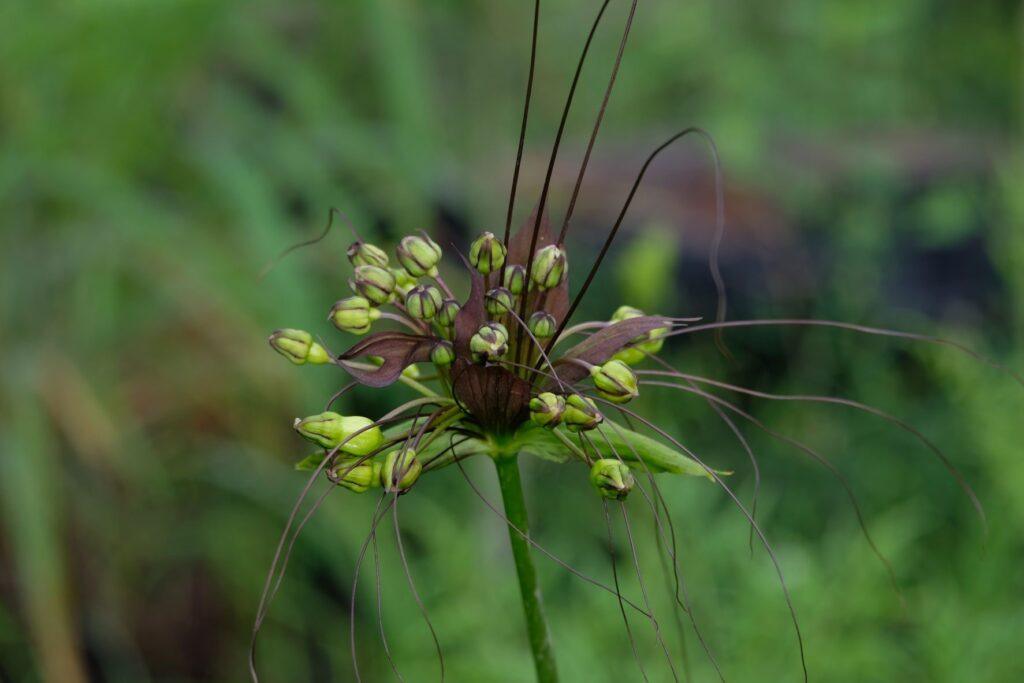
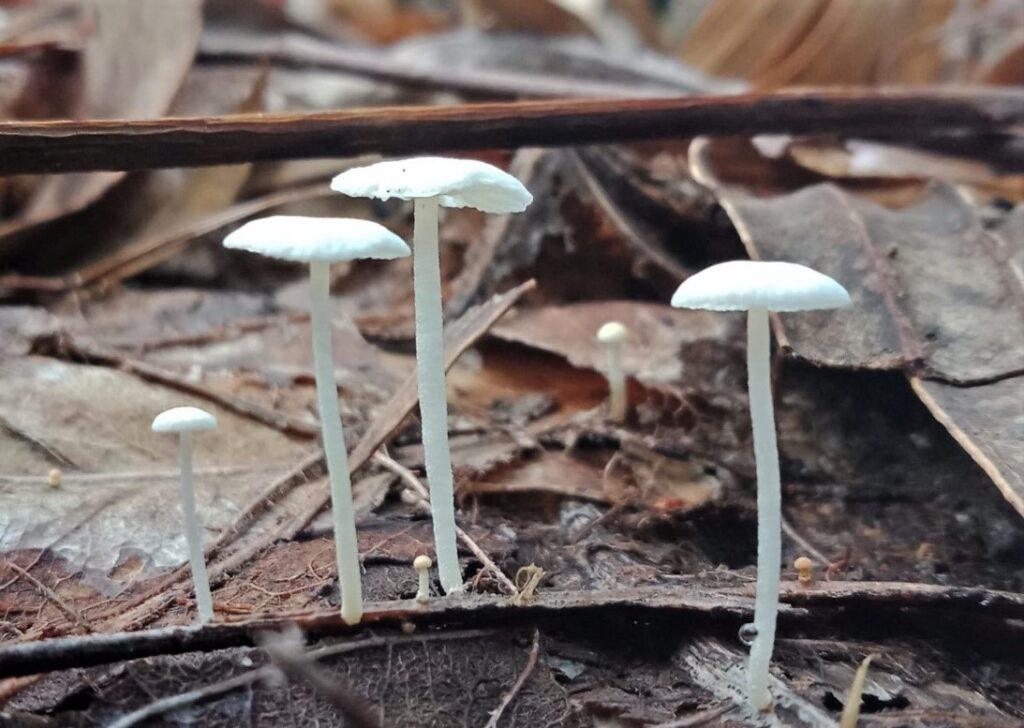
Fruiting body of a fungi in open woodland.
Fungi remains largely unseen and forms an underground network that is beneficial to trees, sometimes over large areas. This network was nicknamed (overseas) as the Wood Wide Web: https://m.facebook.com/bbc/videos/what-is-the-wood-wide-web/3016041345081638/
Until next time, enjoy the wet season at Lee Point
Answer Q1 – C. Mosquitos borne diseases, such as malaria, kill almost 1M people each year, many more than crocodiles, snakes and jellyfish. Darwin has a mosquito control program to minimise health problems. Lee Point sometimes has problems with biting insects so it’s worth checking this calendar: https://digitallibrary.health.nt.gov.au/prodjspui/handle/10137/11953